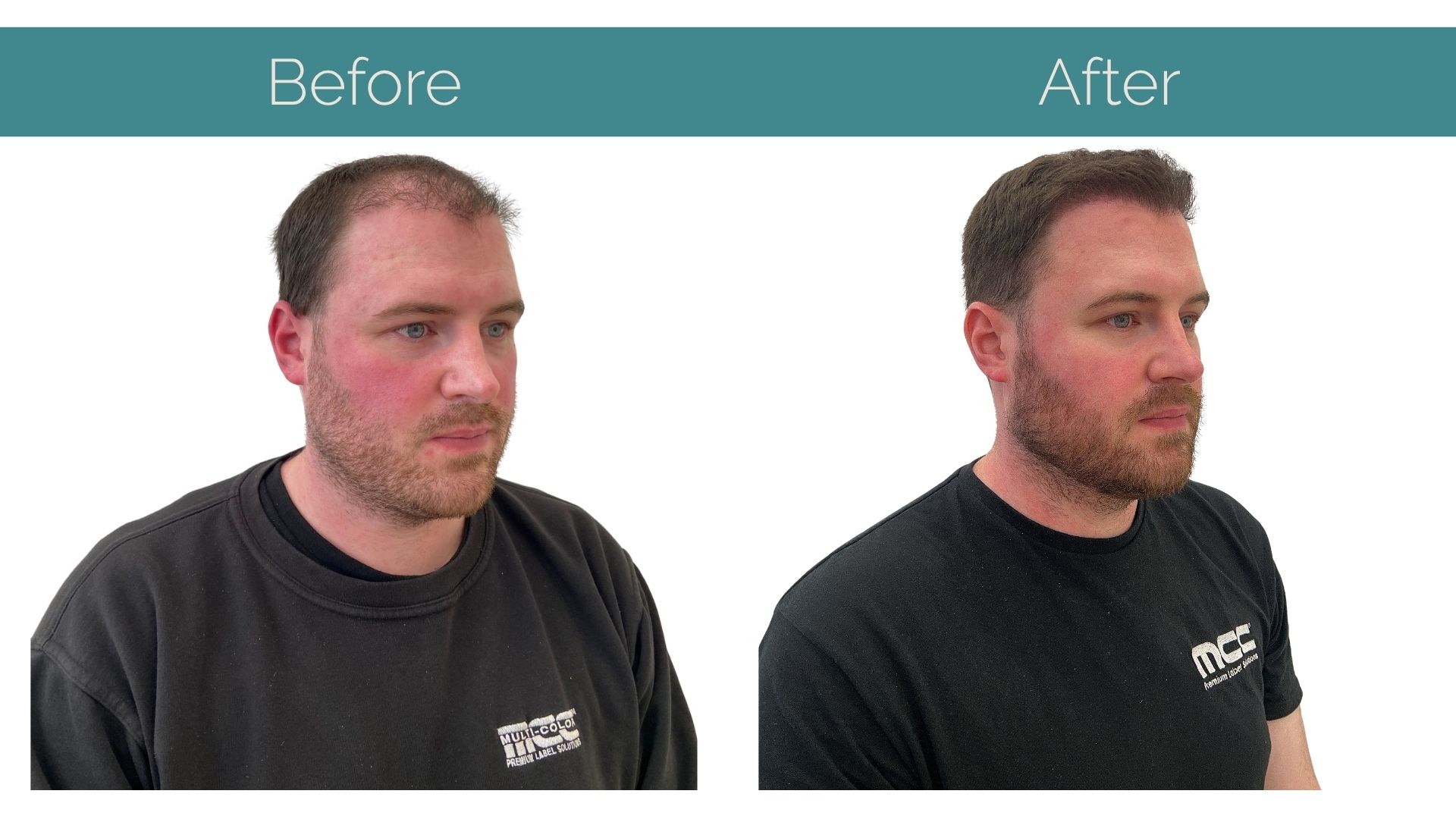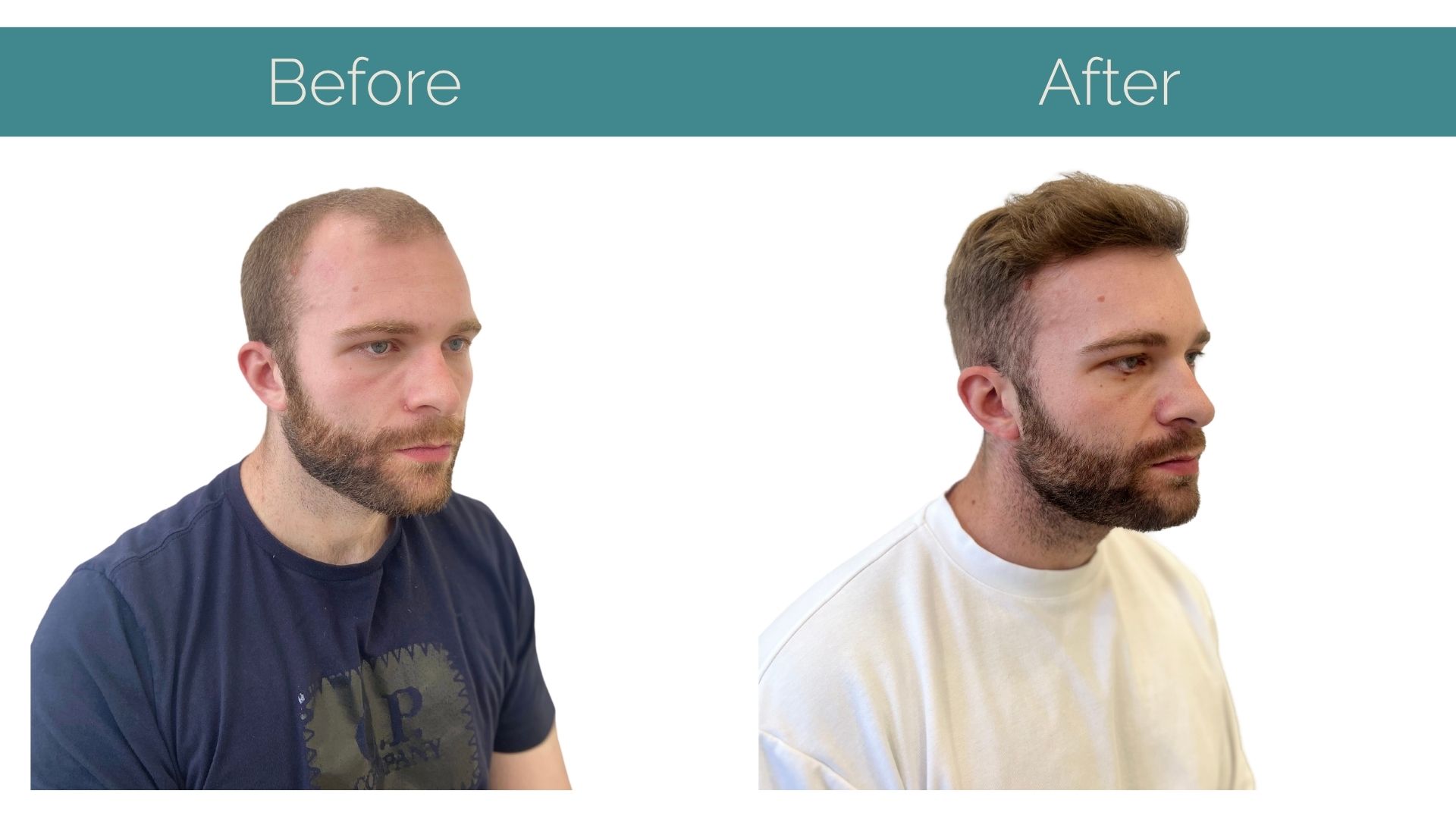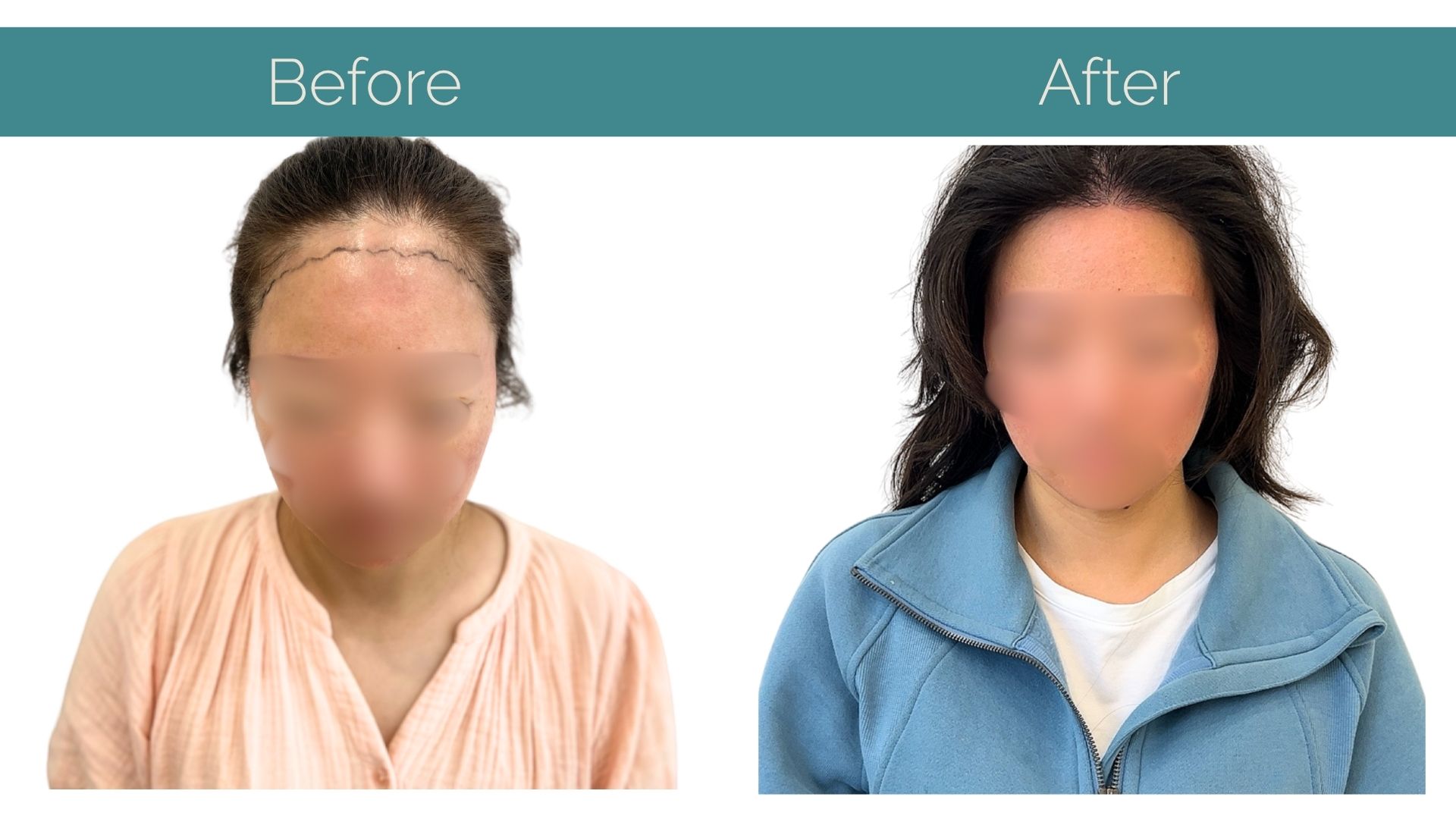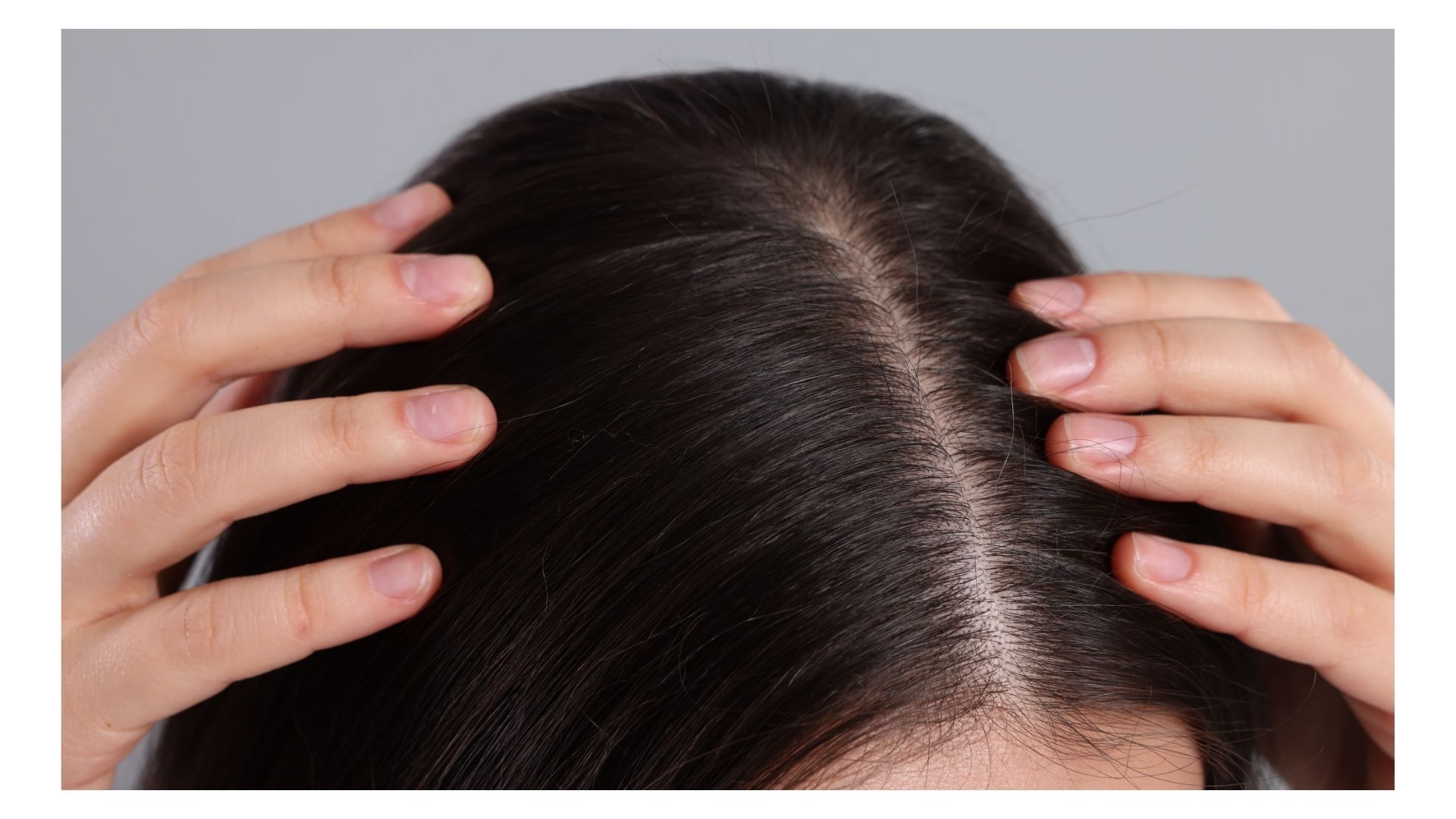From film stars to influencers, the full and well-shaped beard is everywhere, and for many men, it symbolises confidence as much as fashion. Yet not every man is naturally blessed with thick or even facial hair growth.
For those struggling with patchy beards or limited growth, modern medicine has stepped in with an increasingly popular solution: the beard transplant.
A beard transplant is not just about changing how you look – it can change how you feel. Men who undergo the procedure often talk about the transformation in both appearance and confidence, with fuller beards giving them the style freedom they had always wanted.
But what exactly does the procedure involve, and is it right for everyone?
What a Beard Transplant Involves
At its simplest, a beard transplant is a cosmetic procedure that relocates hair follicles from one area of the body to the face.
Typically, the donor hair is taken from the back of the scalp, an area where hair tends to be thickest and least likely to thin over time. Those follicles are then implanted into the beard area to create a natural-looking, fuller result.
The appeal of this procedure lies in its versatility. Some men use it to fill in small, patchy spots that have never grown evenly, while others go further and use it to create an entirely new beard shape or to reconstruct facial hair lost due to scarring.
Whatever the motivation, the technique offers a permanent solution that is designed to blend seamlessly with natural growth.
The Procedure Step by Step
Before the surgery itself, patients sit down for a consultation with a qualified surgeon. This stage is crucial, as it allows the doctor to study the facial structure, understand the patient’s goals, and estimate how many grafts will be needed.
On the day of the procedure, local anaesthetic ensures that the entire process is pain-free.
There are two main methods of harvesting hair: Follicular Unit Extraction (FUE), where individual follicles are removed one by one, and Follicular Unit Transplantation (FUT), which involves removing a strip of skin and dividing it into grafts.
FUE is the more common choice for beard transplants since it leaves minimal scarring and offers greater precision. Once the hair has been harvested, the surgeon begins the delicate work of implanting each graft into the beard area. The direction, angle and placement of every follicle are carefully considered to ensure the final result looks completely natural.
The surgery itself can take anywhere from four to eight hours depending on the number of grafts.
Recovery and Early Results
One of the most surprising aspects of a beard transplant is how manageable recovery can be. Patients can expect some redness, swelling and scabbing in the days following the procedure, but these side effects are temporary.
For the first 48 hours, it is important to avoid washing or touching the area, and surgeons often provide an antiseptic spray to aid healing.
In the weeks that follow, many of the transplanted hairs will shed. While this can seem alarming, it is in fact an entirely normal part of the process. The follicles remain in place, and new hair begins to grow from them after a few months.
By around the three- to four-month mark, fresh growth becomes noticeable, and within eight to twelve months the full result is revealed. At that stage, the beard can be treated like natural hair: trimmed, shaved or styled as desired.

How Many Grafts Are Needed?
The number of grafts required varies significantly depending on the patient’s goals. Someone looking to fill in a small patch may need only 500 to 700 grafts, while a full beard reconstruction might require as many as 2,000 to 3,000.
Most patients achieve their desired results with a single session, though men who want an especially thick and dense beard may sometimes opt for a second procedure.
Aftercare and Lifestyle Considerations
Following the aftercare instructions given by the surgeon is key to achieving the best results. Patients are generally advised to avoid strenuous activity for a week or two, as sweat and movement could disrupt healing.
The transplanted area should be kept clean but treated gently, and any scabs will naturally fall away within the first week. Although visible healing is quick, patience is needed for the transformation to fully take shape over the months that follow.
Who Can Benefit Most
Not everyone is automatically suited for a beard transplant. A sufficient supply of donor hair at the back of the head is essential, as those follicles are the ones transplanted to the face. Good overall health is also important, since it supports smooth recovery.
Whether beard growth has been limited by genetics, injury or scarring, the procedure can provide a long-term solution – but it is vital to approach it with realistic expectations. Consulting a qualified and experienced surgeon, like our team at IK Clinics, ensures that the decision is based on sound advice rather than trends or assumptions.
The Appeal and the Costs
The reasons men choose beard transplants go far beyond vanity. For many, the boost in self-confidence and the freedom to finally style a beard is transformative. The transplanted hair is permanent and behaves exactly like natural facial hair, offering a level of authenticity that other cosmetic options simply cannot match.
Of course, the treatment comes with a price tag. In the United Kingdom, beard transplants typically cost between £3,000 and £7,000 depending on the clinic, the method used and the number of grafts required.
While this is not an insignificant investment, many men who have undergone the procedure describe the outcome as well worth the cost for the lasting results it provides.

Final Thoughts
Beard transplants are no longer an obscure or experimental treatment. With refined techniques and experienced surgeons, they have become a safe, effective and increasingly popular way of achieving the beard many men have always wanted.
The journey requires commitment, patience and careful research, but the rewards – a natural, stylish and confidence-boosting beard – can be life-changing.
For anyone tired of patchy growth or longing for a thicker, more defined beard, a transplant offers a solution that blends science with style. In the world of modern grooming, it may just be the ultimate step towards looking – and feeling – your best.
About IK Clinics
We don’t just specialise in FUE hair transplants, whether they are for your head, eyebrows or beard, we also offer other hair restoration treatments, such as Stem Cell Therapy and Plasma Therapy (PRP). Additionally, we also provide a range of anti-aging treatments to help you achieve that ‘I feel good’ feeling.
Get in touch to find out more and book your consultation.


